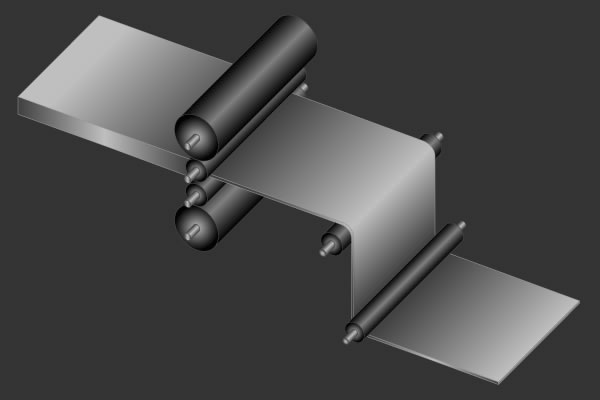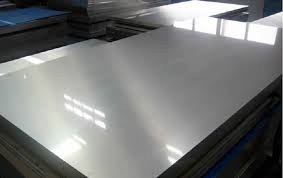CRCA Steel – Cold Rolled and Close Annealed
What is CRCA Steel? CRCA is an abbreviation of “cold rolled close anneal”. This is a steel grade in which cold rolling is done after hot rolling and pickling, to reduce the thickness of steel. Cold rolling makes the material hard. This cold rolled steel is then annealed in a closed container where nitrogen or any other non-oxidizing gases softens it for use and also guards it against oxidation.
What is the application of CRCA steel
Application of this type of steel sheet metal is in the automobile and manufacturing industries for body and panel applications. These steel uses are in forming process and in drawing process which transforms the shape of the quadrilateral sheet to a beneficial 3D shape.
What is a cold rolling process and what value it adds to CRCA steel?
Cold rolling process is necessary for manufacturing low thickness steel sheet below than 1.6 mm. These low thickness cold rolled steel sheets applications need a noble surface quality whereas hot rolled steel surface has a rough surface having pits and different irregularities.

Why close annealed process is applied to CRCA material?
Close anneal operation relates to an annealing operation in which steel is heated to a high temperature of just less than seven hundred and twenty degree Celsius. This process duration is for an extended time period may be two or three days and are normally done in a bell furnace. This close annealing transforms the lamellar pearlite to spheroidal cementite and considerably develops ductility. Ductility is a fundamental requirement of steel so as to be processed through drawing process. The drawing process categorizes in simple drawing, deep drawing, extra deep drawing and non-aging extra deep drawing quality grades. The close annealing process also improves other mechanical properties, for example, strain hardening coefficient and planar anisotropy.
Advantages and Disadvantages of CRCA Steels
Some of the advantages are below:
- Precise and Accurate Dimensional Tolerances
- Robust surface finish
- Improved mechanical & physical properties
- Improved draw-ability
Some of the disadvantages of the cold rolled close anneal steels are below:
- Less Corrosion Resistant
- Sensitive to the Moisture content
Examples
Some of the examples of CRCA steel are listed below:
- SPCC-AS steel (commercial quality close anneal cold rolled)
- SPCD-AS steel (drawing quality close anneal cold rolled)
- SPCE-AS steel (deep drawing close anneal cold rolled)
- SPCG-AS steel (extra deep drawing non-aging close anneal cold rolled)
SPHC steel which is hot-roll steel is not a CRCA steel since it has not undergone cold rolling nor it has undergone annealing in the closed furnace. Therefore this grade has poor dimensional tolerances, rough surface finish, less draw-ability, poor mechanical and physical properties.








Good Evening Sir,
Please find following enquiry of CRCA STEEL & give us the best offer with delivery period .
We required material within 7-10 days and please mention make & Freight up to Jaipur Rajasthan site.
TEST CERTIFICATE REQUIRED WITH THE MATERIAL.
SR. NO. DESCRIPTION ITEM NO. SIZE QTY.
1 CRC STEEL SHEET G1 275 GSM 2 MM 1250 X 2500 MM 20 TON
2 CRC STEEL SHEET G1 275 GSM 3MM 1250 X 2500 MM 36 TON
Kanchan Tharwani
What ASTM stds are used in the production of CRCA steel
How to check annealing qualtiy
After rolling coil put in annealing process all process parameters to be controlled through SCADA PLC controlled.During running time took temperature reading in every two hours & check heating rate. & after annealing coil next process in skinpass(Finishpass) then checked quality of annealing like surface defect,Mechanical properties,Hardness etc.
what is sheet thickness required of sphc to manufacture 1.2mm and 1.6 mm and 2mm SPCG and SPCE material . pl reply on my EMail
rakeshjuneja62@gmail.com
I have a factory for the production of fire extinguishers and I would like to buy cold rolled metal sheets, what are the suitable sheets for manufacturing?
Please advise.